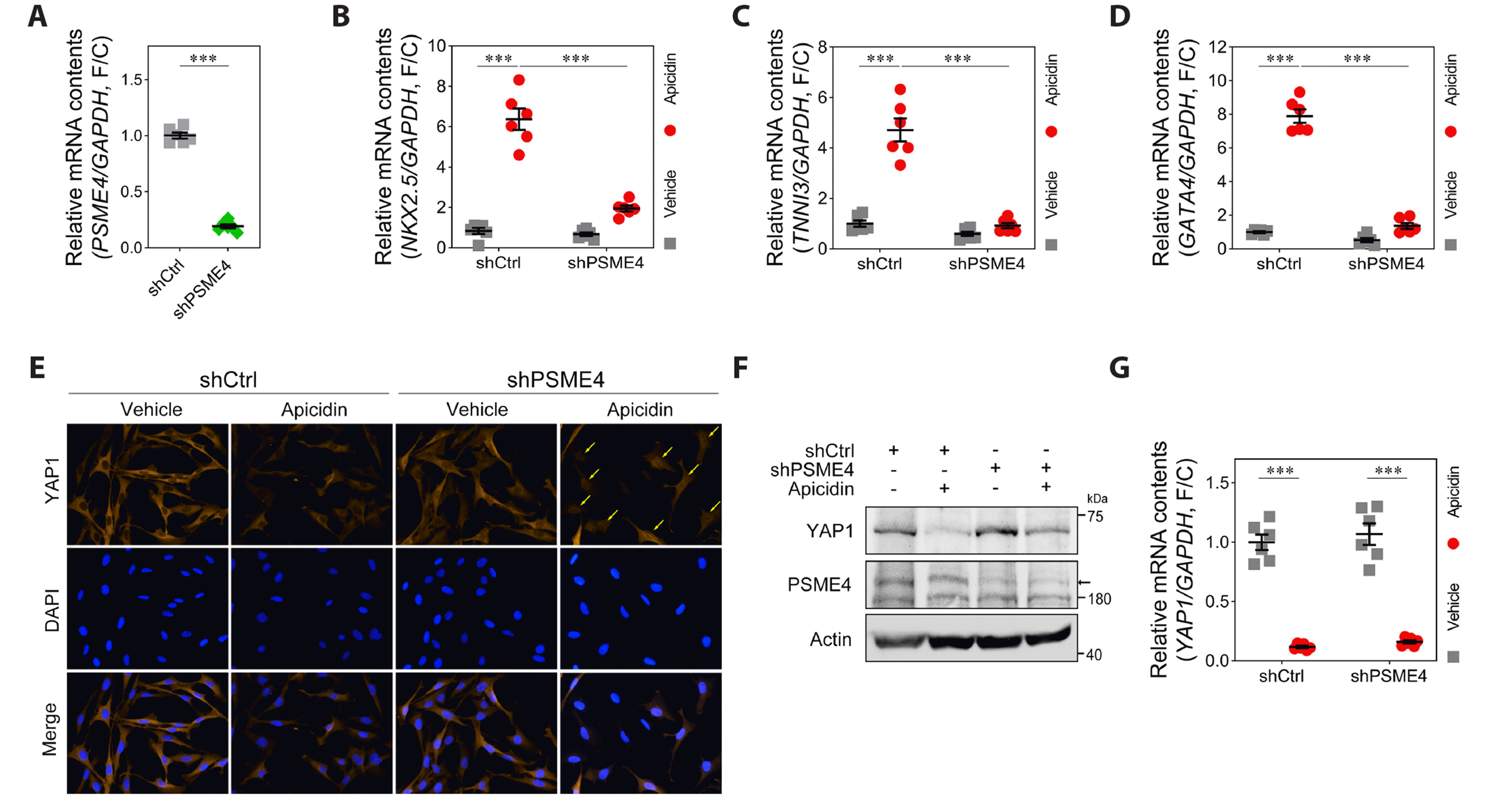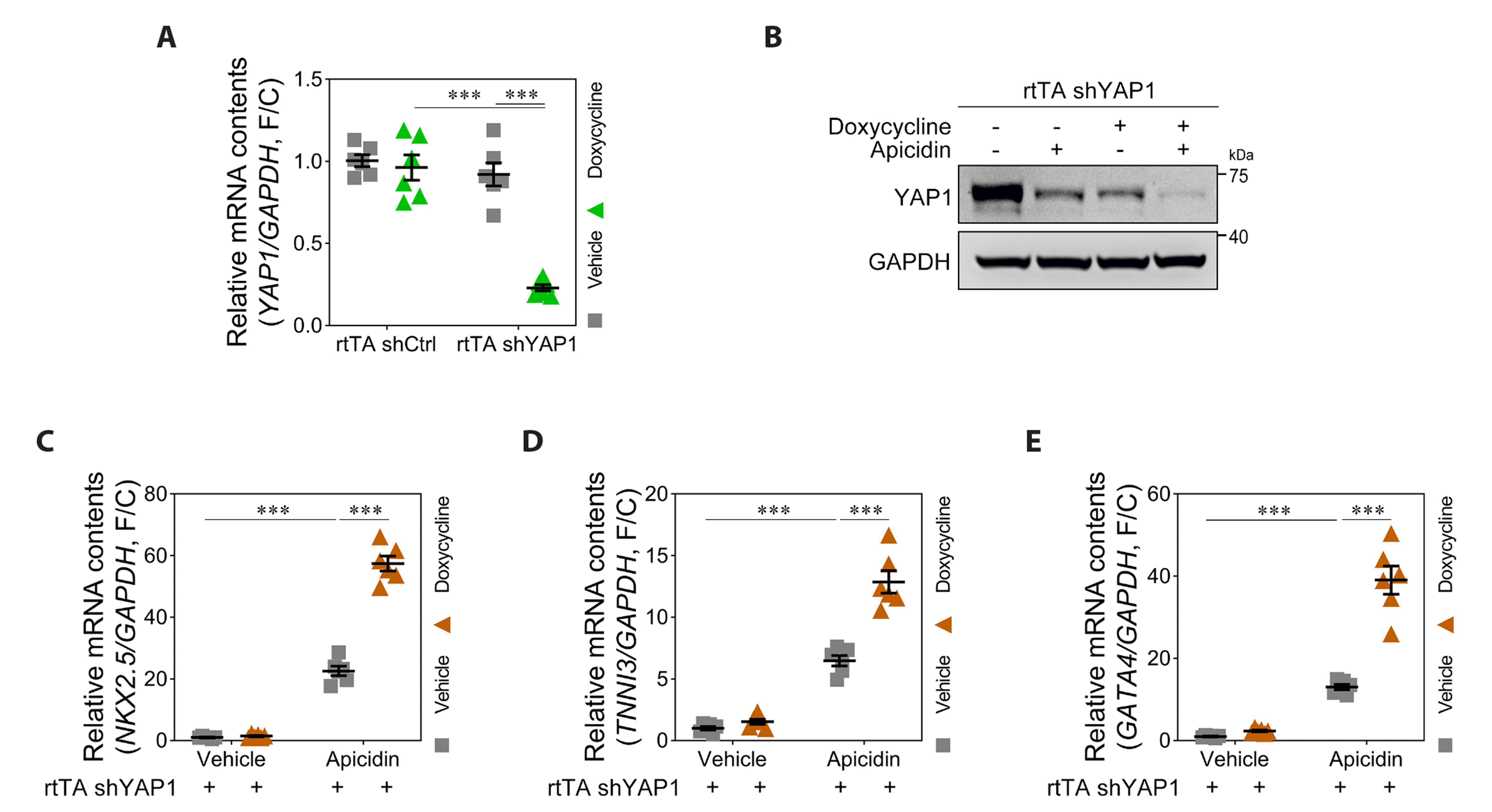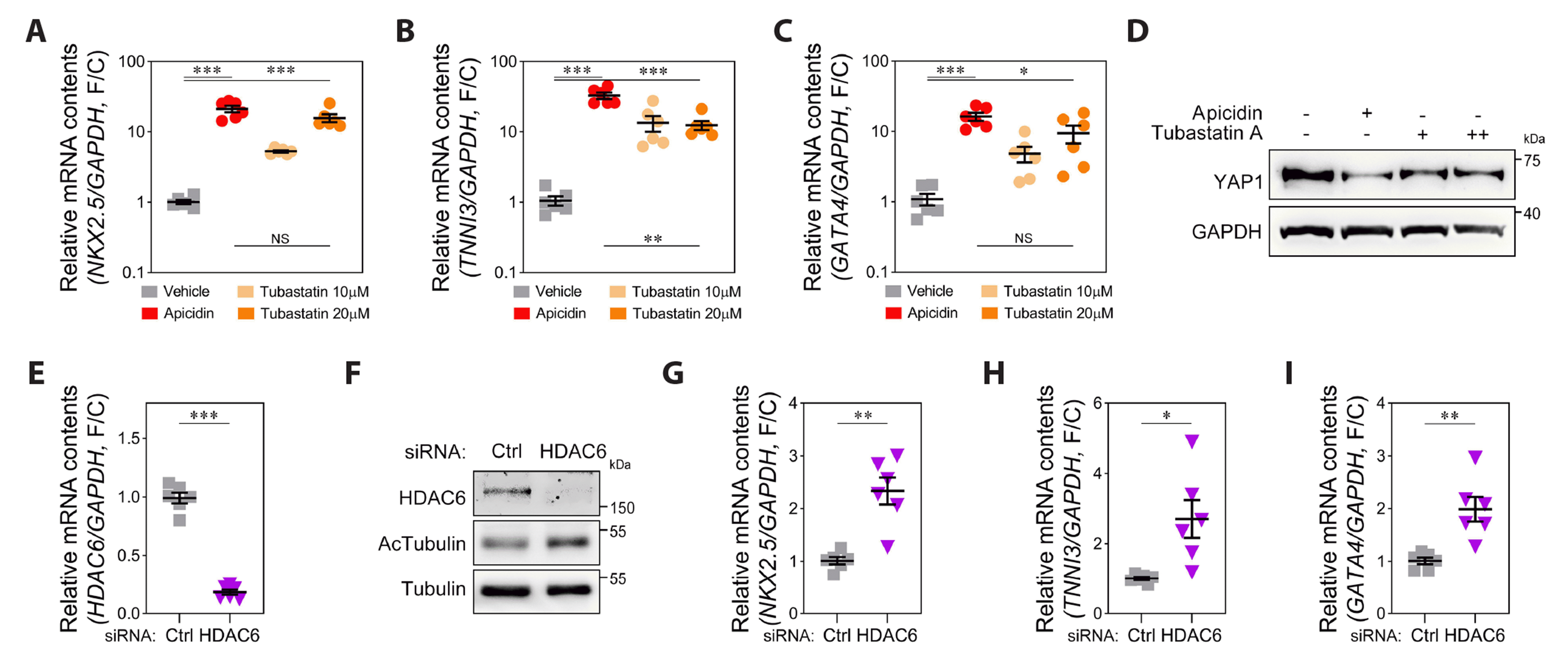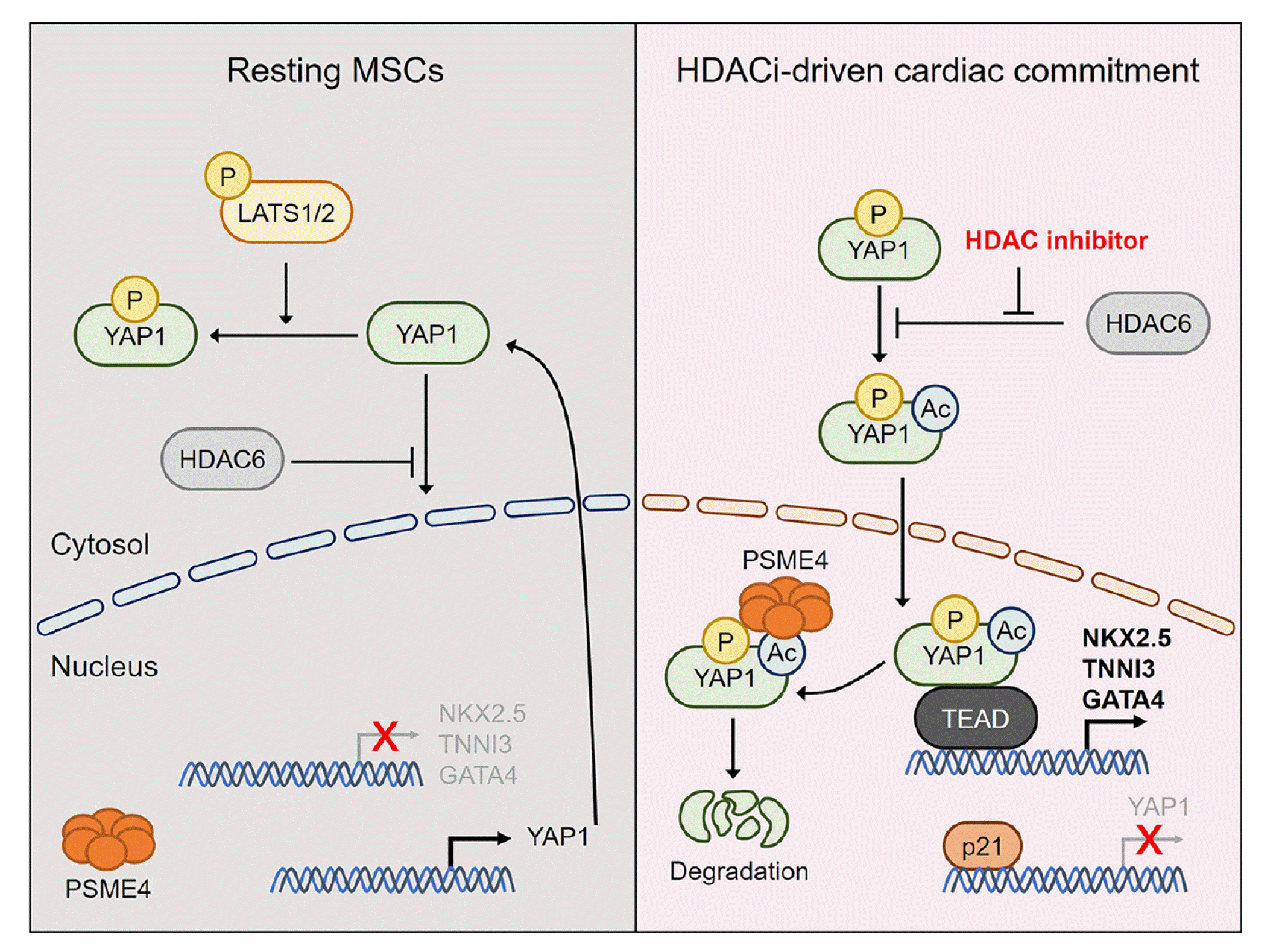1. Mozaffarian D, Benjamin EJ, Go AS, Arnett DK, Blaha MJ, Cushman M, Das SR, de Ferranti S, Després JP, Fullerton HJ, Howard VJ, Huffman MD, Isasi CR, Jiménez MC, Judd SE, Kissela BM, Lichtman JH, Lisabeth LD, Liu S, Mackey RH, et al. Writing Group Members. American Heart Association Statistics Committee. Stroke Statistics Subcommittee. 2016; Heart disease and stroke statistics-2016 update: a report from the American Heart Association. Circulation. 133:e38–360. Erratum in:
Circulation. 2016;133:e599. DOI:
10.1161/CIR.0000000000000350. PMID:
26673558.
3. Williams AR, Hare JM. 2011; Mesenchymal stem cells: biology, pathophysiology, translational findings, and therapeutic implications for cardiac disease. Circ Res. 109:923–940. DOI:
10.1161/CIRCRESAHA.111.243147. PMID:
21960725. PMCID:
PMC3604746.
4. Gao LR, Pei XT, Ding QA, Chen Y, Zhang NK, Chen HY, Wang ZG, Wang YF, Zhu ZM, Li TC, Liu HL, Tong ZC, Yang Y, Nan X, Guo F, Shen JL, Shen YH, Zhang JJ, Fei YX, Xu HT, et al. 2013; A critical challenge: dosage-related efficacy and acute complication intracoronary injection of autologous bone marrow mesenchymal stem cells in acute myocardial infarction. Int J Cardiol. 168:3191–3199. DOI:
10.1016/j.ijcard.2013.04.112. PMID:
23651816.

5. Rodrigo SF, van Ramshorst J, Hoogslag GE, Boden H, Velders MA, Cannegieter SC, Roelofs H, Al Younis I, Dibbets-Schneider P, Fibbe WE, Zwaginga JJ, Bax JJ, Schalij MJ, Beeres SL, Atsma DE. 2013; Intramyocardial injection of autologous bone marrow-derived ex vivo expanded mesenchymal stem cells in acute myocardial infarction patients is feasible and safe up to 5 years of follow-up. J Cardiovasc Transl Res. 6:816–825. DOI:
10.1007/s12265-013-9507-7. PMID:
23982478. PMCID:
PMC3790917.

6. Guo Y, Yu Y, Hu S, Chen Y, Shen Z. 2020; The therapeutic potential of mesenchymal stem cells for cardiovascular diseases. Cell Death Dis. 11:349. DOI:
10.1038/s41419-020-2542-9. PMID:
32393744. PMCID:
PMC7214402.

7. Hare JM, Traverse JH, Henry TD, Dib N, Strumpf RK, Schulman SP, Gerstenblith G, DeMaria AN, Denktas AE, Gammon RS, Hermiller JB Jr, Reisman MA, Schaer GL, Sherman W. 2009; A randomized, double-blind, placebo-controlled, dose-escalation study of intravenous adult human mesenchymal stem cells (prochymal) after acute myocardial infarction. J Am Coll Cardiol. 54:2277–2286. DOI:
10.1016/j.jacc.2009.06.055. PMID:
19958962. PMCID:
PMC3580848.

8. Wang X, Xi WC, Wang F. 2014; The beneficial effects of intracoronary autologous bone marrow stem cell transfer as an adjunct to percutaneous coronary intervention in patients with acute myocardial infarction. Biotechnol Lett. 36:2163–2168. DOI:
10.1007/s10529-014-1589-z. PMID:
24975729.

10. Pickering AM, Davies KJ. 2012; Differential roles of proteasome and immunoproteasome regulators Pa28αβ, Pa28γ and Pa200 in the degradation of oxidized proteins. Arch Biochem Biophys. 523:181–190. DOI:
10.1016/j.abb.2012.04.018. PMID:
22564544. PMCID:
PMC3384713.

11. Waldman AD, Fritz JM, Lenardo MJ. 2020; A guide to cancer immunotherapy: from T cell basic science to clinical practice. Nat Rev Immunol. 20:651–668. DOI:
10.1038/s41577-020-0306-5. PMID:
32433532. PMCID:
PMC7238960.

12. Blickwedehl J, Agarwal M, Seong C, Pandita RK, Melendy T, Sung P, Pandita TK, Bangia N. 2008; Role for proteasome activator PA200 and postglutamyl proteasome activity in genomic stability. Proc Natl Acad Sci U S A. 105:16165–16170. DOI:
10.1073/pnas.0803145105. PMID:
18845680. PMCID:
PMC2570974.

13. Qian MX, Pang Y, Liu CH, Haratake K, Du BY, Ji DY, Wang GF, Zhu QQ, Song W, Yu Y, Zhang XX, Huang HT, Miao S, Chen LB, Zhang ZH, Liang YN, Liu S, Cha H, Yang D, Zhai Y, et al. 2013; Acetylation-mediated proteasomal degradation of core histones during DNA repair and spermatogenesis. Cell. 153:1012–1024. DOI:
10.1016/j.cell.2013.04.032. PMID:
23706739. PMCID:
PMC3983474.

14. Kim YS, Kim M, Cho DI, Lim SY, Jun JH, Kim MR, Kang BG, Eom GH, Kang G, Yoon S, Ahn Y. 2022; PSME4 degrades acetylated YAP1 in the nucleus of mesenchymal stem cells. Pharmaceutics. 14:1659. DOI:
10.3390/pharmaceutics14081659. PMID:
36015285. PMCID:
PMC9415559. PMID:
0cf339f8e6404a4faff4e0bc7c2b714e.

15. Zhao B, Li L, Lei Q, Guan KL. 2010; The Hippo-YAP pathway in organ size control and tumorigenesis: an updated version. Genes Dev. 24:862–874. DOI:
10.1101/gad.1909210. PMID:
20439427. PMCID:
PMC2861185.

16. Lian I, Kim J, Okazawa H, Zhao J, Zhao B, Yu J, Chinnaiyan A, Israel MA, Goldstein LS, Abujarour R, Ding S, Guan KL. 2010; The role of YAP transcription coactivator in regulating stem cell self-renewal and differentiation. Genes Dev. 24:1106–1118. DOI:
10.1101/gad.1903310. PMID:
20516196. PMCID:
PMC2878649.

18. Chung H, Lee BK, Uprety N, Shen W, Lee J, Kim J. 2016; Yap1 is dispensable for self-renewal but required for proper differentiation of mouse embryonic stem (ES) cells. EMBO Rep. 17:519–529. DOI:
10.15252/embr.201540933. PMID:
26917425. PMCID:
PMC4818770.

20. Lu Q, Scott PA, Vukmanic EV, Kaplan HJ, Dean DC, Li Q. 2020; Yap1 is required for maintenance of adult RPE differentiation. FASEB J. 34:6757–6768. DOI:
10.1096/fj.201903234R. PMID:
32223016. PMCID:
PMC7200272.

21. Hu X, Xin Y, Xiao Y, Zhao J. 2014; Overexpression of YAP1 is correlated with progression, metastasis and poor prognosis in patients with gastric carcinoma. Pathol Oncol Res. 20:805–811. DOI:
10.1007/s12253-014-9757-y. PMID:
24643316.

22. von Gise A, Lin Z, Schlegelmilch K, Honor LB, Pan GM, Buck JN, Ma Q, Ishiwata T, Zhou B, Camargo FD, Pu WT. 2012; YAP1, the nuclear target of Hippo signaling, stimulates heart growth through cardiomyocyte proliferation but not hypertrophy. Proc Natl Acad Sci U S A. 109:2394–2399. DOI:
10.1073/pnas.1116136109. PMID:
22308401. PMCID:
PMC3289361.

23. Cho DI, Kang WS, Hong MH, Kang HJ, Kim MR, Kim MC, Kim YS, Ahn Y. 2017; The optimization of cell therapy by combinational application with apicidin-treated mesenchymal stem cells after myocardial infarction. Oncotarget. 8:44281–44294. DOI:
10.18632/oncotarget.17471. PMID:
28498815. PMCID:
PMC5546480.

24. Bartunek J, Terzic A, Davison BA, Filippatos GS, Radovanovic S, Beleslin B, Merkely B, Musialek P, Wojakowski W, Andreka P, Horvath IG, Katz A, Dolatabadi D, El Nakadi B, Arandjelovic A, Edes I, Seferovic PM, Obradovic S, Vanderheyden M, Jagic N, et al. CHART Program. 2017; Cardiopoietic cell therapy for advanced ischaemic heart failure: results at 39 weeks of the prospective, randomized, double blind, sham-controlled CHART-1 clinical trial. Eur Heart J. 38:648–660. DOI:
10.1093/eurheartj/ehw543. PMID:
28025189. PMCID:
PMC5381596.
25. Kim JS, Lee S, Lee T, Lee YW, Trepel JB. 2001; Transcriptional activation of p21(WAF1/CIP1) by apicidin, a novel histone deacetylase inhibitor. Biochem Biophys Res Commun. 281:866–871. DOI:
10.1006/bbrc.2001.4434. PMID:
11237739.

27. Lundin V, Sugden WW, Theodore LN, Sousa PM, Han A, Chou S, Wrighton PJ, Cox AG, Ingber DE, Goessling W, Daley GQ, North TE. 2020; YAP regulates hematopoietic stem cell formation in response to the biomechanical forces of blood flow. Dev Cell. 52:446–460.e5. DOI:
10.1016/j.devcel.2020.01.006. PMID:
32032546. PMCID:
PMC7398148.

30. Hata S, Hirayama J, Kajiho H, Nakagawa K, Hata Y, Katada T, Furutani-Seiki M, Nishina H. 2012; A novel acetylation cycle of transcription co-activator Yes-associated protein that is downstream of Hippo pathway is triggered in response to SN2 alkylating agents. J Biol Chem. 287:22089–22098. DOI:
10.1074/jbc.M111.334714. PMID:
22544757. PMCID:
PMC3381167.

31. Zhao B, Li L, Tumaneng K, Wang CY, Guan KL. 2010; A coordinated phosphorylation by Lats and CK1 regulates YAP stability through SCF(beta-TRCP). Genes Dev. 24:72–85. DOI:
10.1101/gad.1843810. PMID:
20048001. PMCID:
PMC2802193.

32. Zhao B, Wei X, Li W, Udan RS, Yang Q, Kim J, Xie J, Ikenoue T, Yu J, Li L, Zheng P, Ye K, Chinnaiyan A, Halder G, Lai ZC, Guan KL. 2007; Inactivation of YAP oncoprotein by the Hippo pathway is involved in cell contact inhibition and tissue growth control. Genes Dev. 21:2747–2761. DOI:
10.1101/gad.1602907. PMID:
17974916. PMCID:
PMC2045129.

33. Ito M, Hara H, Takeda N, Naito AT, Nomura S, Kondo M, Hata Y, Uchiyama M, Morita H, Komuro I. 2019; Characterization of a small molecule that promotes cell cycle activation of human induced pluripotent stem cell-derived cardiomyocytes. J Mol Cell Cardiol. 128:90–95. DOI:
10.1016/j.yjmcc.2019.01.020. PMID:
30684499.

34. Wang X, Ha T, Liu L, Hu Y, Kao R, Kalbfleisch J, Williams D, Li C. 2018; TLR3 mediates repair and regeneration of damaged neonatal heart through glycolysis dependent YAP1 regulated miR-152 expression. Cell Death Differ. 25:966–982. DOI:
10.1038/s41418-017-0036-9. PMID:
29358670. PMCID:
PMC5943401.





 PDF
PDF Citation
Citation Print
Print








 XML Download
XML Download